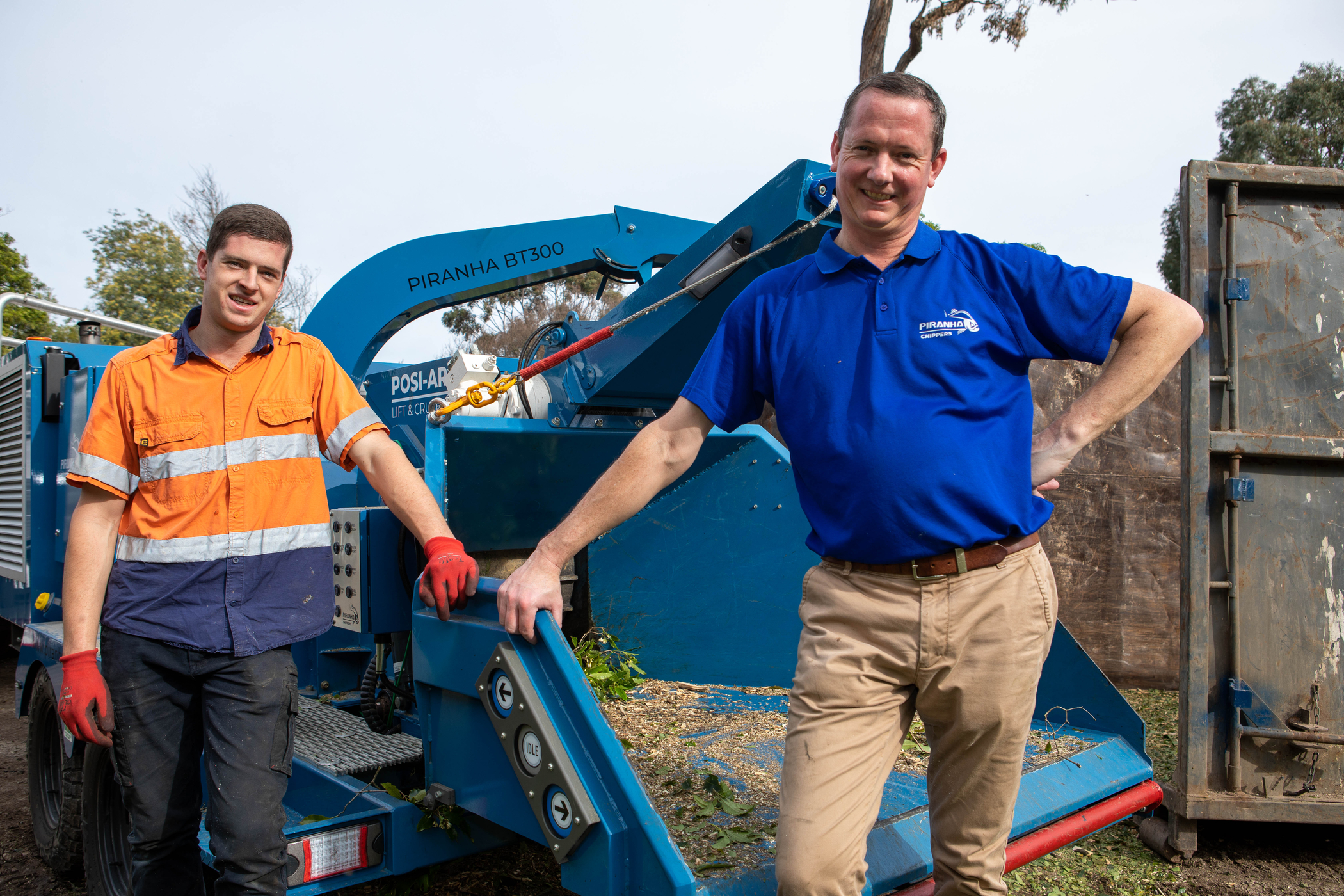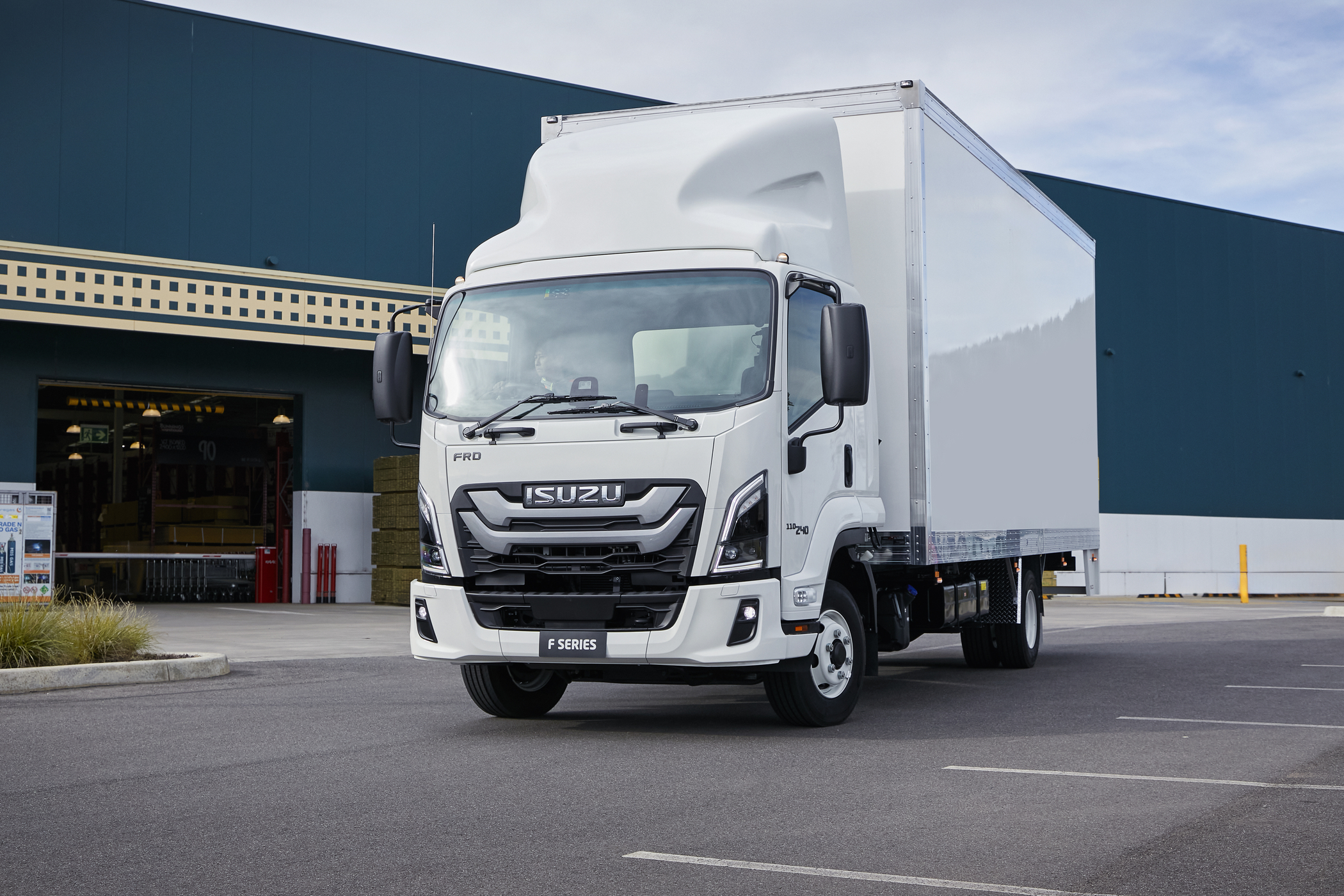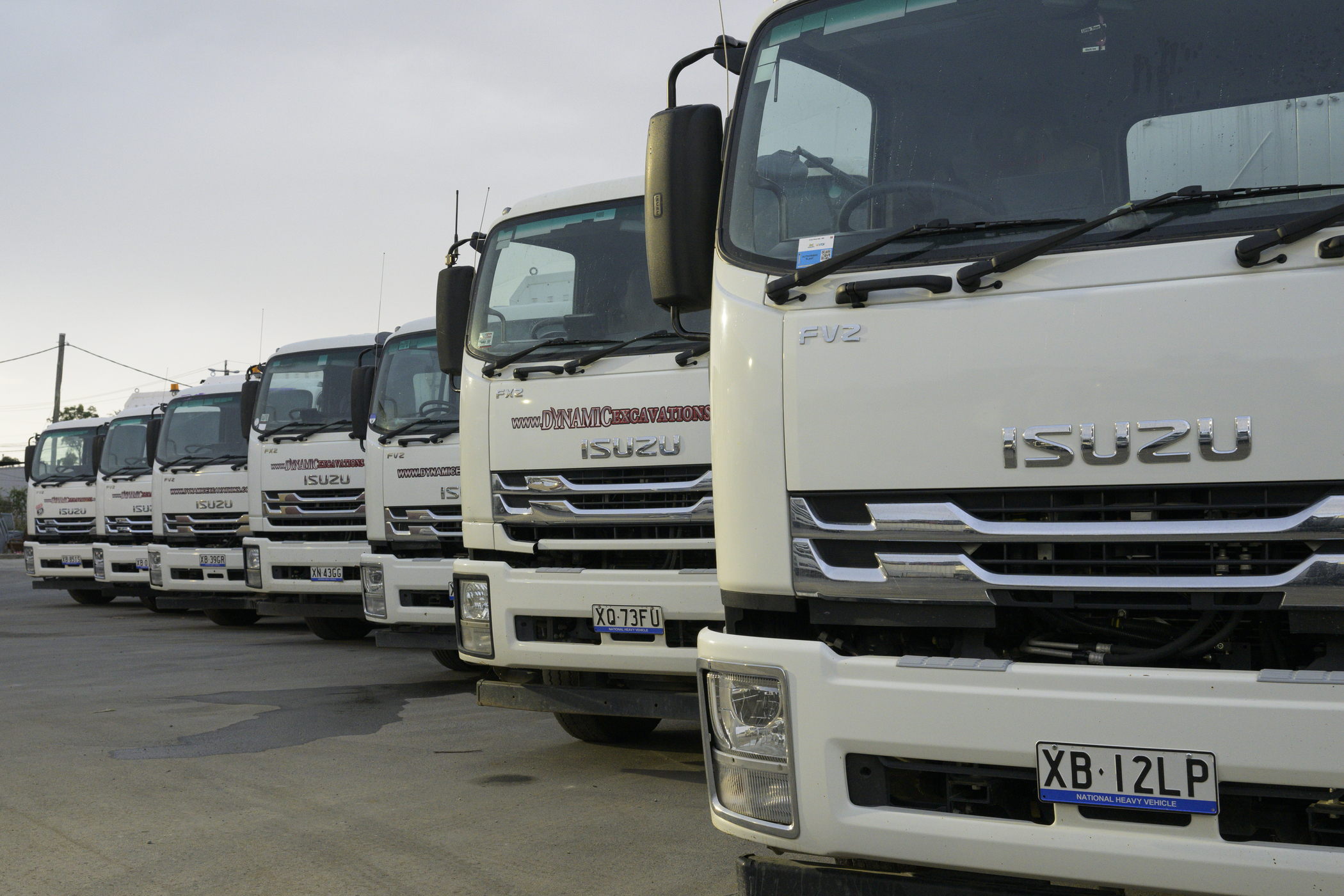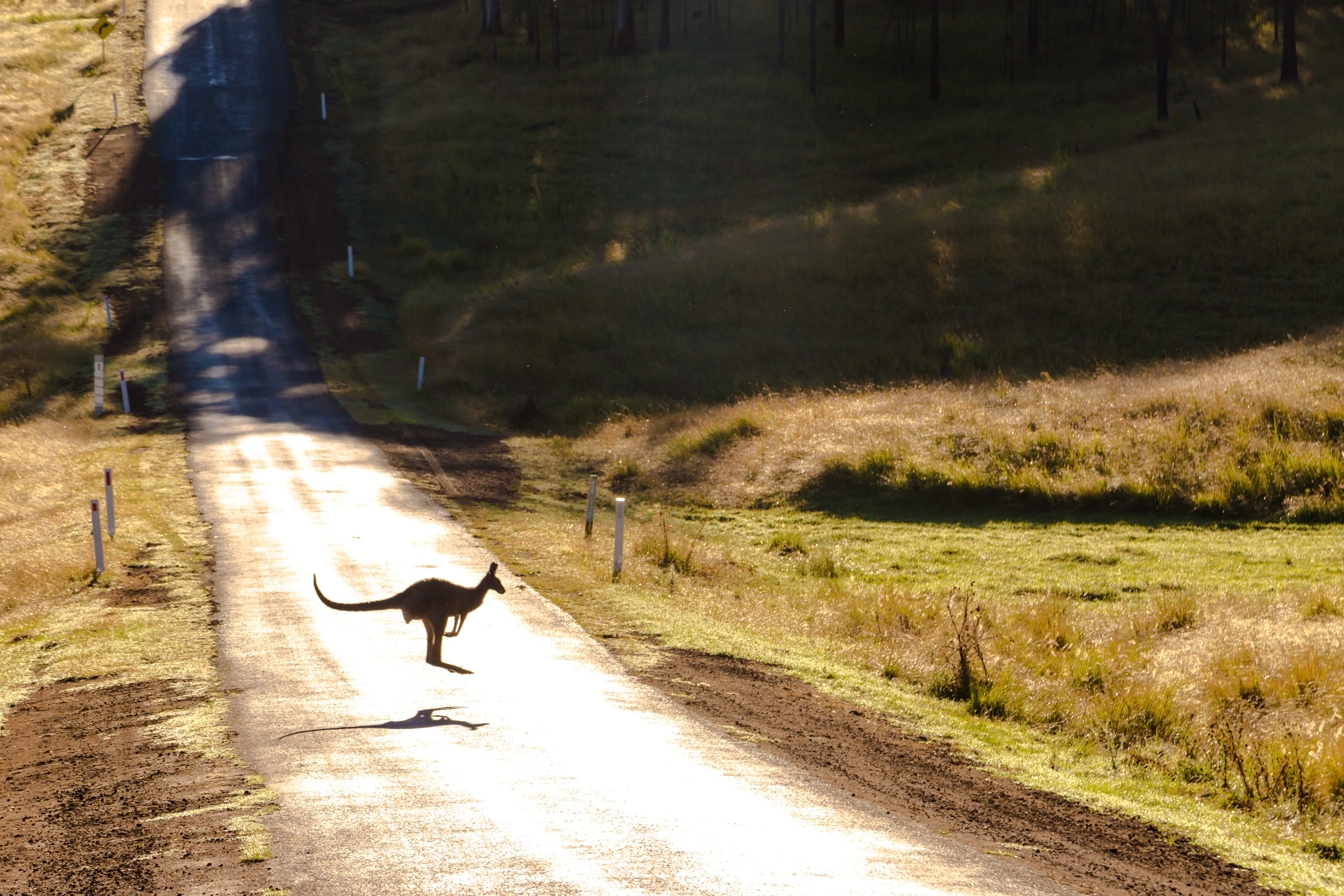
Kangaroos, the jewel of Australia, and yet the bane of existence while on the road—especially with increasing kangaroo-related vehicle accidents.
To add to this, the roo population is rising and currently sits at approximately 50 million (double the human Australian population), compared to 34 million in 2011. Drought, protection of the species, and killing of dingoes (the kangaroo’s natural predator) has allowed the kangaroo population to grow to unsustainable levels, which means an increased likelihood of more kangaroo collisions. Additionally, drought and lack of vegetation in the bush have led to kangaroos venturing into the cities and suburbs to find food and water. With rising kangaroo numbers and increasing urbanisation, it’s imperative to remain vigilant on the road. If you saw one on the road, would you know what you have to do? What’s the safest way to avoid collision with a roo? Read on for some tips, and maybe the next time you see one while driving, you could save your vehicle from a collision and maybe the roo’s life too. Why? Kangaroos travel in groups, so when they’re on the road, there’s often a lot of them on the road. Add a few bright and fast vehicles, and it’s a recipe for kangaroo mayhem. Understanding roo behaviours can help you anticipate them better.- Kangaroos travel in large groups. Fast vehicles with headlights on will startle them, causing them to frantically hop in random directions.
- Kangaroos are most active at dusk and dawn, when they’re hardest to see. It doesn’t help that their fur colour camouflages them.
- Kangaroos tend towards two extremes when startled—they either dart erratically or freeze when faced with an oncoming vehicle and their dazzling headlights.
- Drive more cautiously at dusk and dawn (instead of cancelling it out altogether)
- If you’ve seen one roo, there’s most likely more, so slow down and keep an eye out
- Turn off your high beams if you see some, so as to not startle them
- Consider installing anti-animal devices, such as sonic emitters, road surface odour repellents and others, if you’re likely to encounter many roos on the job
- Install safety measures on your truck, such as bullbars and other safety equipment designed for a truck, to ensure in the case of a collision the damage is minimal, and you can get back on the road in no time
- Don’t swerve
- Brake in a straight line
- Kill the high beams
- Use your horn
- Safely stop your truck and pull over to the side, and make sure to turn your hazard lights on. Don’t drive off and pretend nothing happened; your vehicle may be damaged and the dead kangaroo on the road is a safety hazard for other drivers.
- Check that you and any passengers are safe. It’s good to keep a first aid kit in the truck if you are driving around areas with wildlife, just in case you or another gets injured from the sudden braking.
- Call the police and report the accident. All accidents should be reported to local police, even if no one was hurt. If everything is okay, the police will probably give you the all-clear and you’ll be on your way.
- Call a local wildlife organisation if the roo (or any other animal) is injured. Unfortunately, sometimes accidents do happen and if the roo is dead, ensure that you move it off the road and report it to local authorities. Another thing—check if there are any joeys in the pouch. If there are, let wildlife authorities know immediately to save the little roo’s life. Ensure that you clean your hands if you’ve touched the animal.

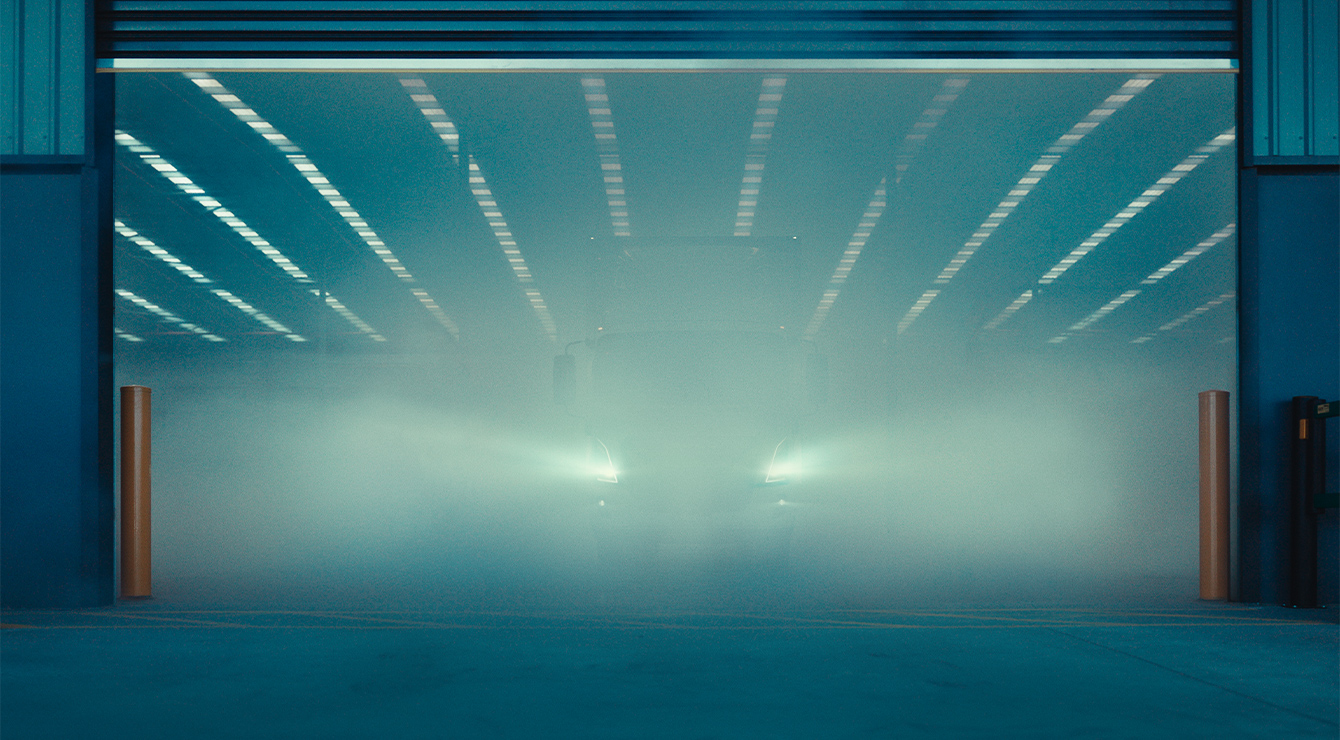
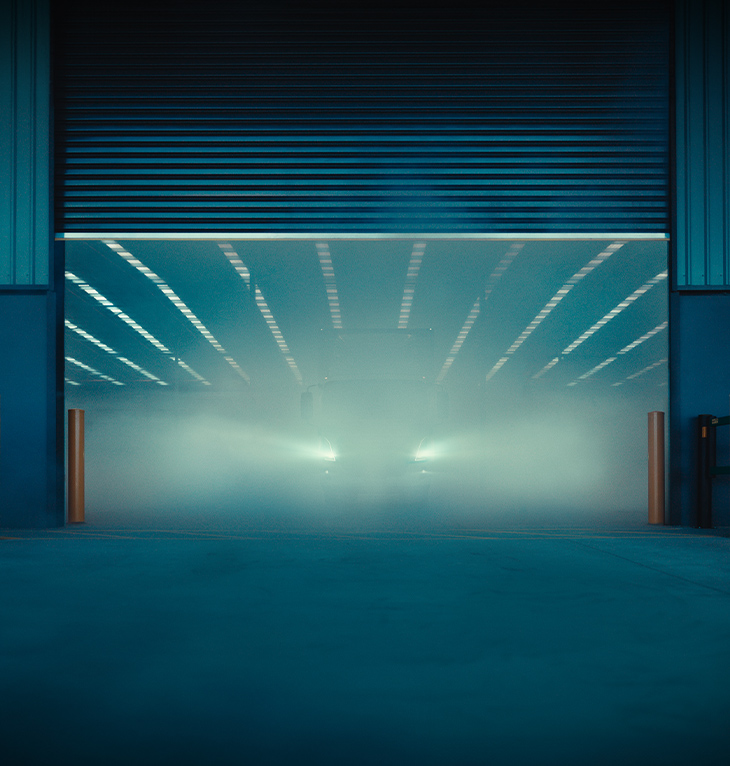
The all-new Isuzu truck range is about to arrive.
Register your interest and we'll keep you in the loop with the latest updates.
Learn More
